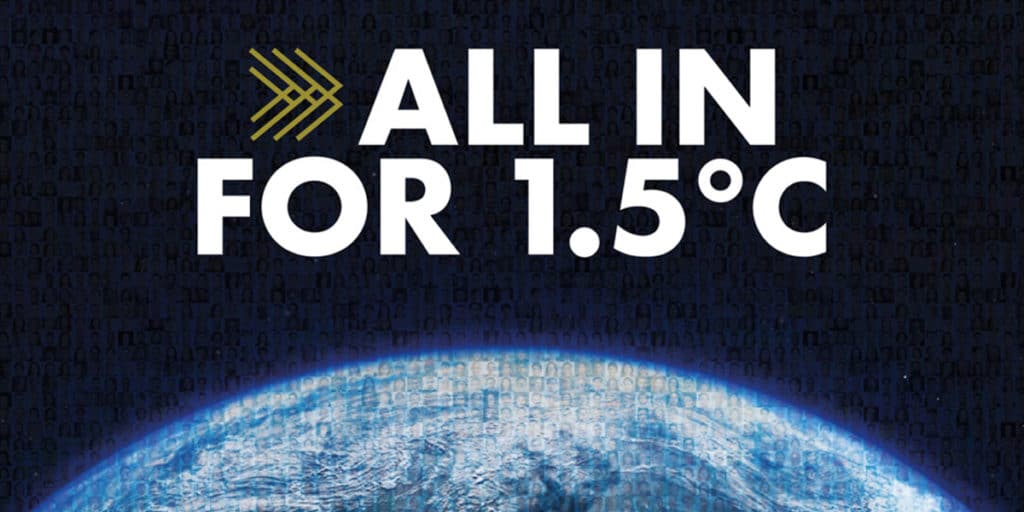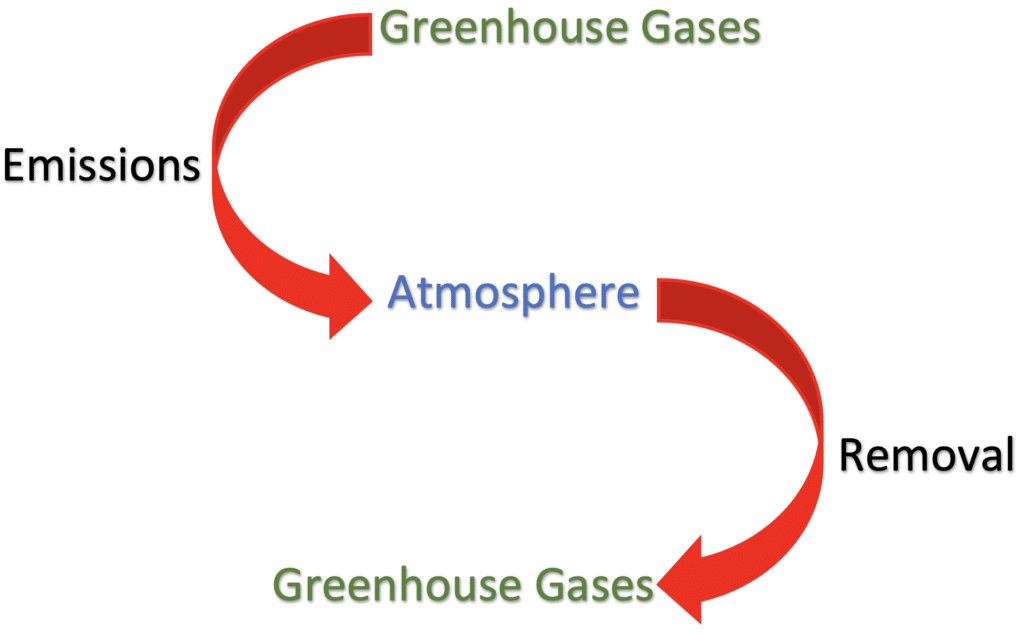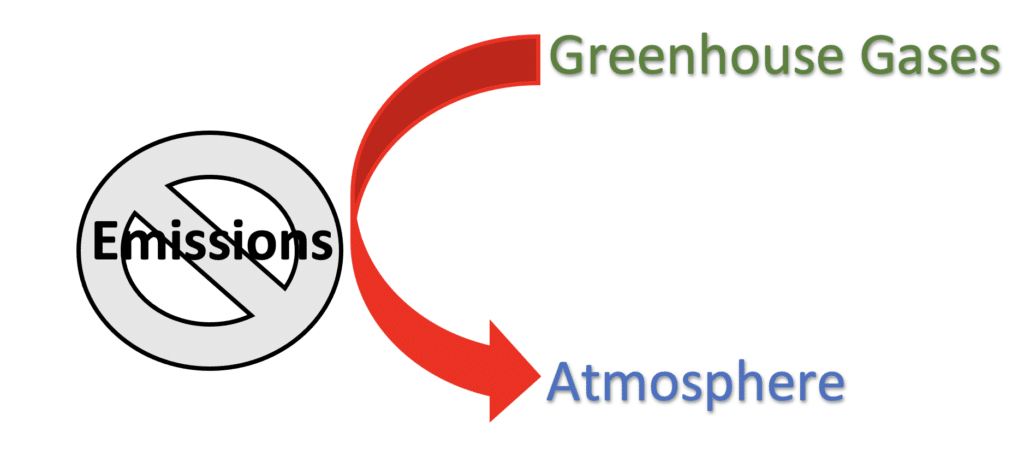Net Zero, Gross Zero, Negative Zero. Simply put, Which One is Better?

By Adrienne L. Hollis, PhD, JD — Chisholm Legacy Project Advisory Committee
Climate change is a climate emergency. This is even more imperative for communities of color and low/no income communities, including communities in the Global South – all of whom bear the brunt of extreme weather conditions. As mentioned in past blogs, historic racism is at the root of the problems and threats – very real threats – faced by these communities and countries.
Anthropogenic or human-caused climate change occurs when, because of fossil fuels like coal, oil and natural gas, there is an increase in carbon dioxide and other greenhouse gases (GHGs) in the atmosphere, trapped there and causing the planet’s temperature to increase. Ninety-seven percent (97%) of climate scientists agree that climate warming is caused by human activities – but not everyone agrees.
Of course it makes complete sense to REDUCE the amount of GHGs entering the atmosphere (to zero). There is an urgency to reduce emissions as soon as possible. As such, there are two popular trains of thoughts for reducing the GHG effect – Net Zero and Zero emissions.
But what do these terms mean? How do they differ? Which provides a more immediate result? Well, there are different schools of thought around the answers to these questions. There is a great deal of controversy around setting emission goals at Net Zero as opposed to Zero. At first glance, it is a no brainer to want emission levels at zero – no emissions, but it is important to understand the differences between these terms. That is what this blog strives to do, although there are so many related terms that could be discussed here also, but I have refrained from doing so, although it was difficult.
Net Zero and Hard Net Zero Emissions
According to netzeroclimate.org, Net Zero emissions describe the condition when the greenhouse gases going into the atmosphere is balanced by the greenhouse gases removed from the atmosphere.

With Hard Net Zero, the balance is sustained either permanently or over the same length of time. In addition, net zero emissions still allow for some residual emissions in areas where emission decrease is really expensive. This begs the question – where are those areas? Does that include areas like Cancer Alley, where the sheer number of fossil fuel facilities would prohibit an immediate zero emissions scenario? Does that mean that communities exposed to emissions from these types of facilities continue to be exposed? OR does the need for a more immediate action have the effect of substantially reducing exposures? This is a major consideration that must be addressed in any conversation about net zero.
Gross Zero Emissions or Absolute Zero
The terms Gross Zero Emissions or Absolute Zero refers to a condition where there are no offsets as shown above, and no balancing emissions with removals. Emissions are reduced from all sources to zero, which some consider to be an unrealistic expectation.

One conclusion is that there is not enough time to reach Gross Zero Emissions, so those emissions must be offset through corresponding removal from the atmosphere – Net Zero. In addition, and maybe more importantly, it is unfortunately not really realistic to expect that all emissions will stop at the same time, although this is definitely the preference for many of us.
Negative Emissions
Another related term – Negative Emissions – refers to removing carbon dioxide from the atmosphere, much like net zero and zero emissions, but in addition, storing it on land, underground or in the oceans. Carbon Brief has a great series on negative emissions that everyone should read and understand. According to Carbon Brief, negative emissions technology should be included in efforts to reach a net zero emissions scenario. However, Carbon Brief also points out that combining emissions reductions and negative emissions into a single target of reaching “net zero” may create problems, including delayed emissions cuts or not enough focus on the development of technologies for negative emissions.
The Paris Agreement and Emissions
It is not really possible to talk about net zero or gross zero emissions without briefly mentioning the Paris Agreement. The United Nations website has an excellent article on net zero and why it is important. In it, the importance of the Paris Agreement, which focuses on keeping the global temperature to 1.5oC above pre-industrial era levels, and which almost every country has joined – and from which the United States withdrew under the last administration and rejoined under the current administration. (YAY!!)
The Paris agreement commits to net zero emissions globally in the second half of this century. But according to a Grist article, at COP26 – my first COP attendance – countries made long and short-term promises related to achieving zero emissions, including the fact that the United States and 129 other countries promised to cut emissions of methane, 141 nations agreed to end deforestation and India – the 3rd largest emitter of GHGs in 2018, promised to zero out its emissions by 2070! According to the International Energy Agency (IEA), if all countries make good on their current promises, the world will warm to 1.8oC, keeping emissions below 2oC. Definitely an important feat!

Conclusions?
- Gross Zero/Absolute Zero is the ultimate goal. This is what we need to protect the world’s citizens and the environment generally. We need it to protect those already dealing with climate change, those who did so first and worst. We need it to protect populations already at risk because of historic and ongoing systemic racism, redlining and other place/race based actions, and environmental injustices.
- We need relief from emissions to protect public health and the planet. Because of the reality of continued exposure to emissions for communities.
- Realistically, the chances of a world-wide reduction in GHG emissions occurring as quickly as needed, particularly simultaneously, is slim – very slim.
- Net Zero is not the optimal choice – but it is the most achievable right now.
- The goal should be Net Zero as soon as possible with the ultimate goal of reaching Gross or Absolute Zero. There should not be the expectation that net zero is the final outcome. It should be considered a “intermediate step” in the process of achieving zero emissions – zero anthropogenic or man-made emissions.
- Decisions regarding the path to take must be based on reducing exposures NOW.
While my conclusions here will definitely not be satisfactory to most readers, and are not satisfactory to me, I have to use logic (I AM a lawyer, lol) and science (since I AM a scientist too). But I find it hard to not base my decisions on emotion – outrage and the all-encompassing need to work with communities to totally end their exposures forthwith and henceforth.
I invite fresh, new ideas around how zero emissions can be reached and how quickly that can happen. ‘Decisionmakers’ must incorporate all stakeholder opinions/suggestions on the best ways to QUICKLY stop emissions – not just create a net zero scenario where emissions DO NOT end, but where they continue in the face of offsets – and where resilient, thriving populations is the aim, as opposed to focusing only on a thriving economy.
Remember: People over Profit and there are no ‘Throwaway’ or ‘Discardable’ people.
